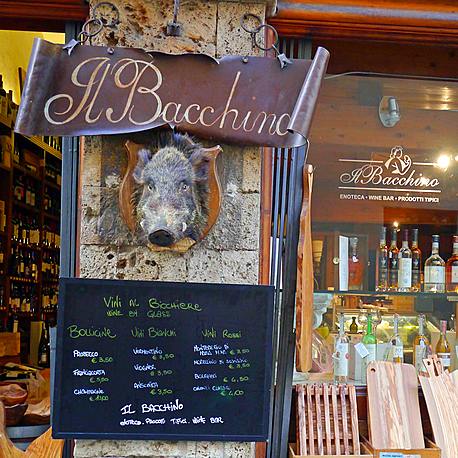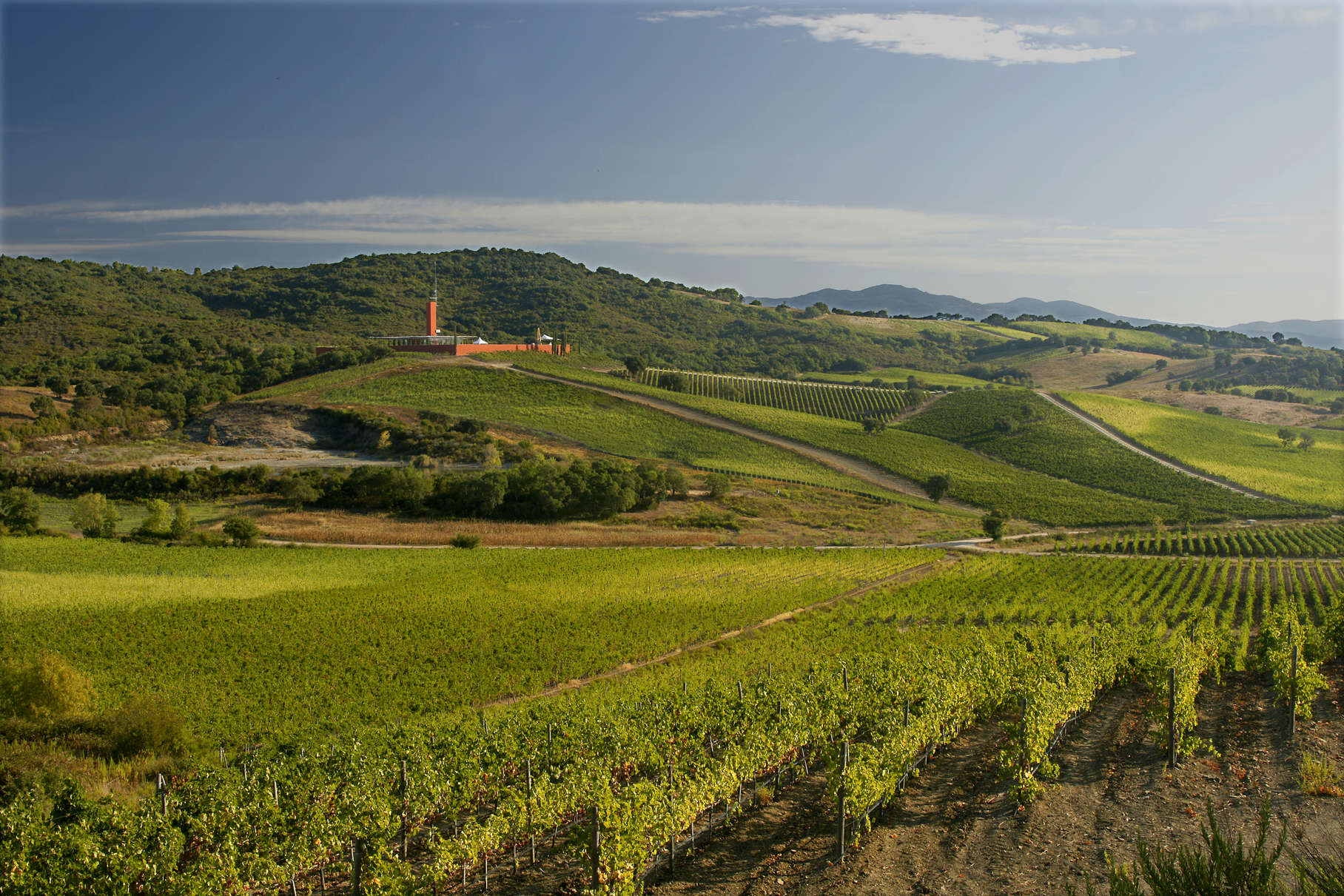Every wine lover knows Tuscany. Most of us cut our teeth on Chianti Classico, grew up to relish Brunello and Barolo, and pad our birthday wish lists with Bolghieri’s “Super Tuscans.” But while everyone seems to know Tuscany, until recently only the Tuscans seemed to know the southwestern coastal region of the Maremma.
That’s changed in a big way, as some of Italy’s most powerful family wine empires have taken a stake in the Maremma in the last few decades. Even local winemakers refer to the Maremma as the “California of Italy.” They continue to respect tradition, but they also prize innovation. Of Tuscany’s patchwork of 40 DOCs, or named wine regions, none is more dynamic than the Maremma Toscana DOC (www.consorziovinimaremma.it/en/), established in 2011.
That alone would make the Maremma a must-see destination for wine lovers. But wine is just one of many reasons to travel there. The sheer antiquity of the area is startling. Ruins tell the tale of how Etruscans made wine here 3,500 years ago—and sold it around the Mediterranean. Dotted among the vineyards are evocative medieval stone villages, rolling plains of ancient olive trees, and a breathtaking sandy coastline overlooking Elba and Corsica. Even the Tuscans think the Maremma is magic. And that’s not even mentioning the food! Wild boar teems in Maremma forests and often stars on Maremma plates at every level from Michelin-starred fine restaurants to delightfully casual trattorias.
By the way, the photo above shows a sliver of the Rocca di Frassinello estate, a joint project of Paolo Panerai (of the famed Castellare di Castellina estate, among others) and Rothschild families. Celebrity architect Renzo Piano designed the cutting-edge winery on the hill.
The lay of the land in Maremma Toscana
 Covering the province of Grosetto—about two hours north by car from Rome, 90 minutes south of Florence—the Maremma traditionally made red wines from Sangiovese grapes and white wines from Vermentino. Dozens of other indigenous grapes—most notably Ciliegiola among the reds and Trebbiano among the whites—once covered the hillsides. In recent decades, though, the success of “international” grapes (Bordeaux and Burgundian varietals) in nearby Bolghieri has led to much more extensive plantings of Cabernet, Merlot, and Syrah among the reds, and Chardonnay and Sauvignon Blanc among the whites.
Covering the province of Grosetto—about two hours north by car from Rome, 90 minutes south of Florence—the Maremma traditionally made red wines from Sangiovese grapes and white wines from Vermentino. Dozens of other indigenous grapes—most notably Ciliegiola among the reds and Trebbiano among the whites—once covered the hillsides. In recent decades, though, the success of “international” grapes (Bordeaux and Burgundian varietals) in nearby Bolghieri has led to much more extensive plantings of Cabernet, Merlot, and Syrah among the reds, and Chardonnay and Sauvignon Blanc among the whites.
In 2018, Maremma produced nearly 5.9 million bottles. For all that volume, very little of it is plonk. Thanks to DOC standards, the Maremma is producing a huge range of fine wines that sell for as little as €7 ($7.75). Even many of the best are under €20 ($22.50).
Over the next few posts, I’ll be writing about my visits to a range of Maremma wine producers in October. It certainly opened my eyes to the region’s potential. I have slightly mixed feelings about the increasing number of producers who have fund American importers. While I welcome the chance to buy more Maremma wines at neighborhood shops, it’s certainly a treat to visit and drink the wines where they are grown.

